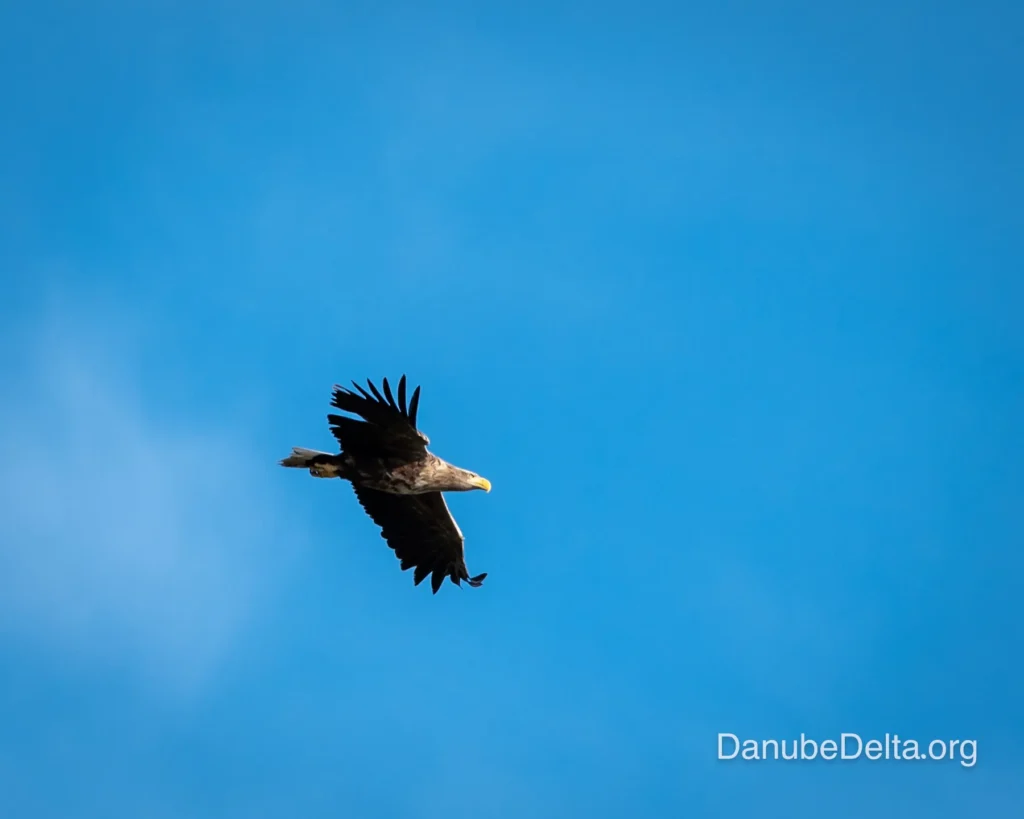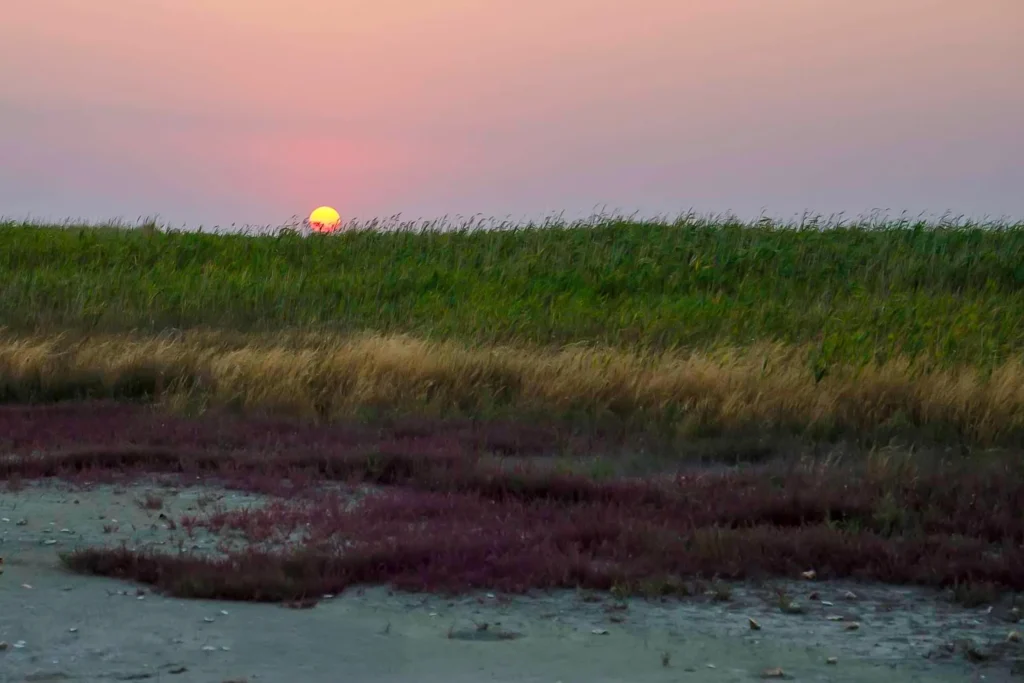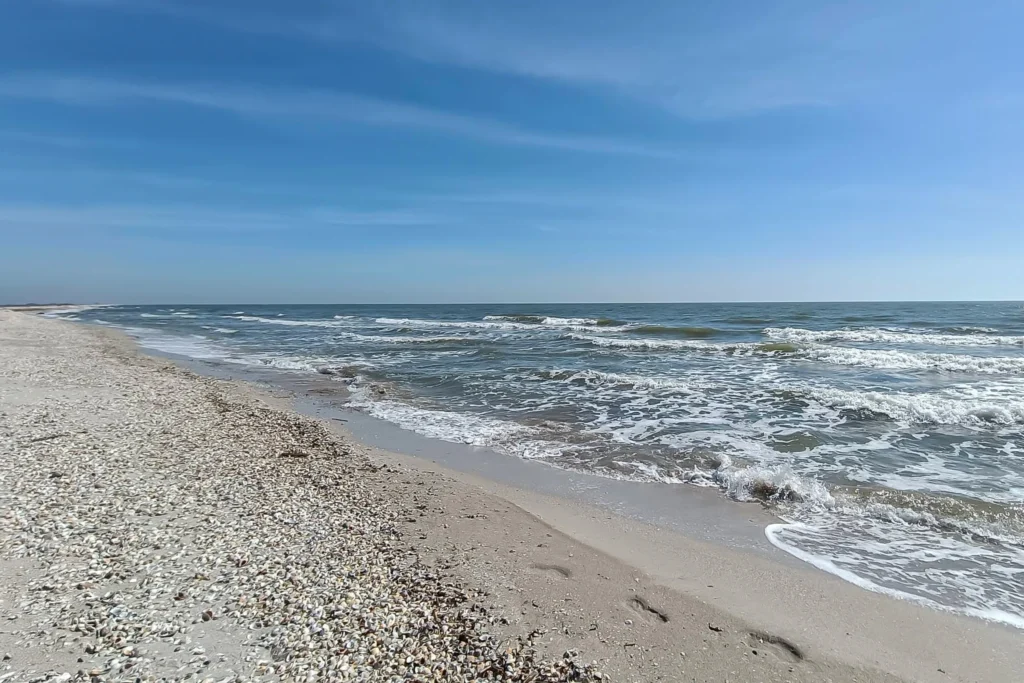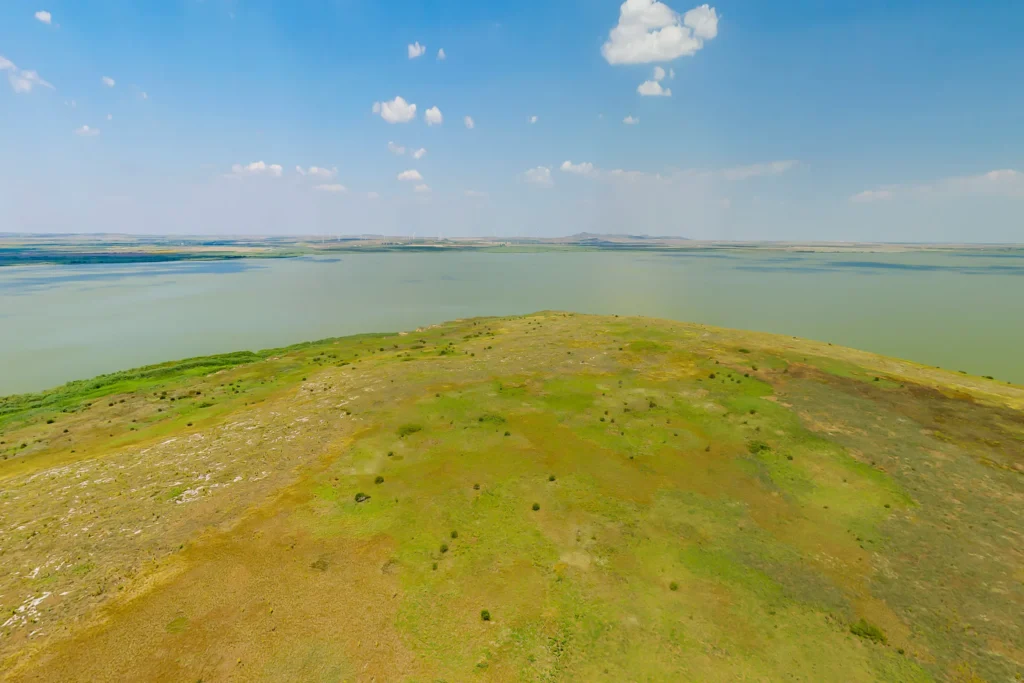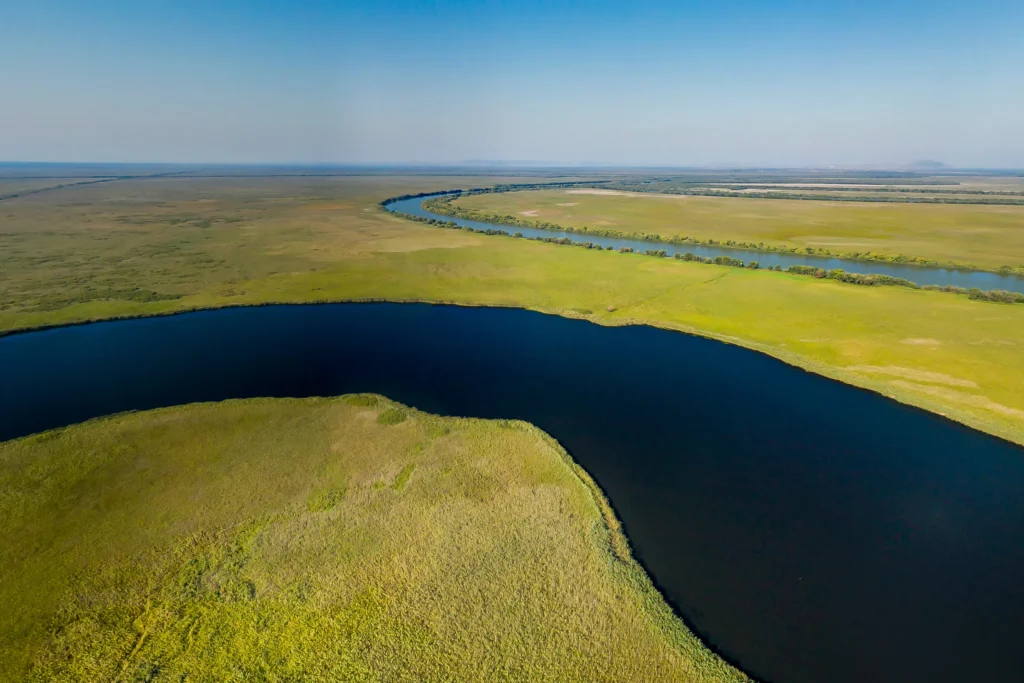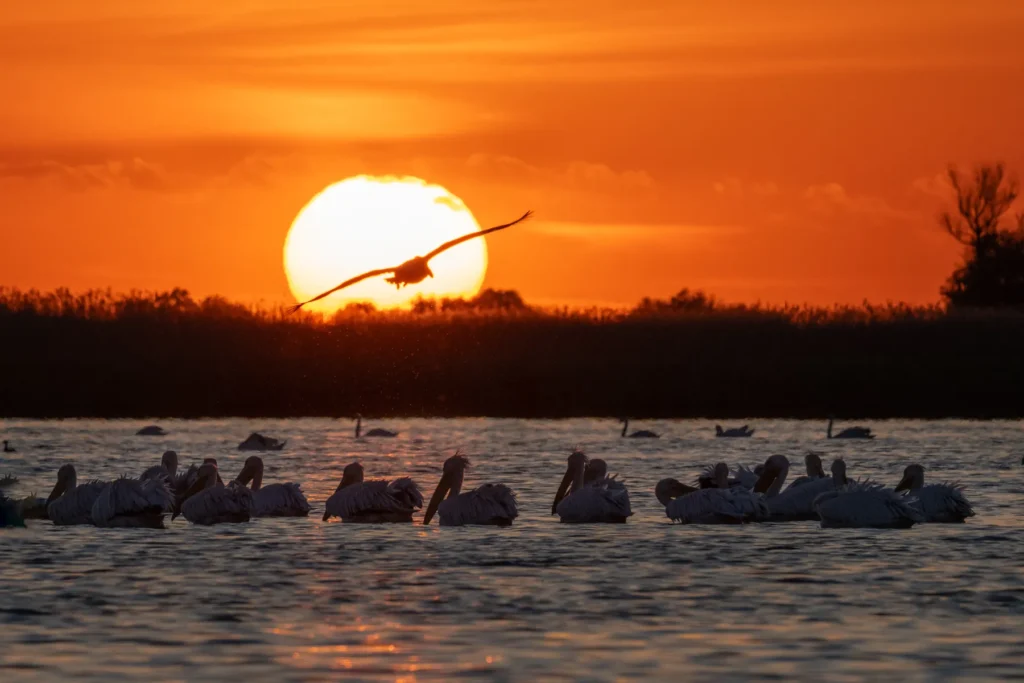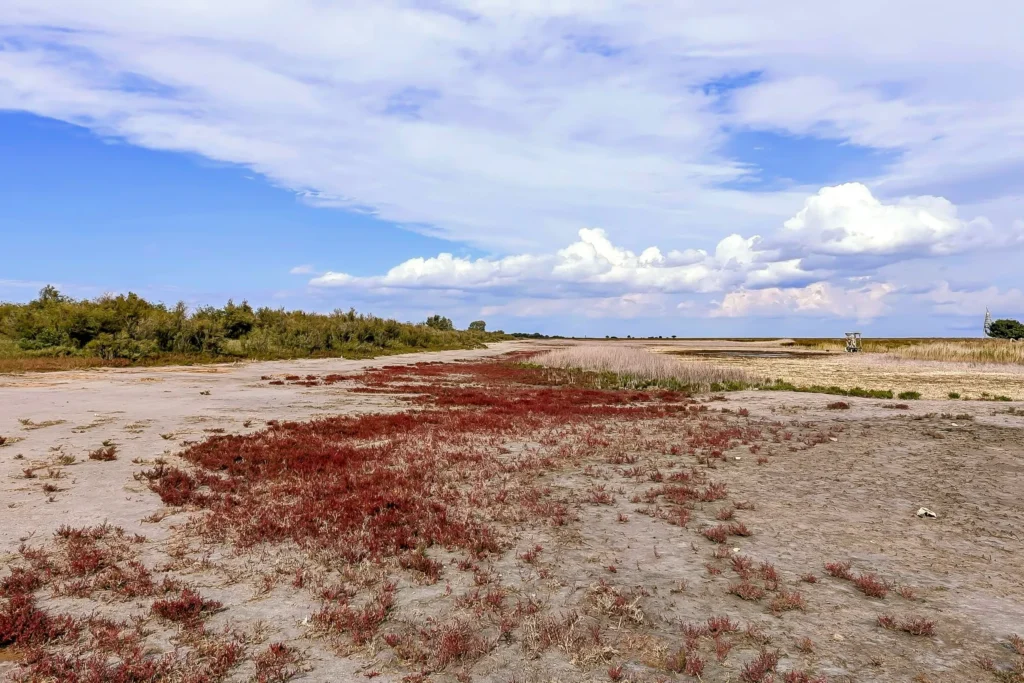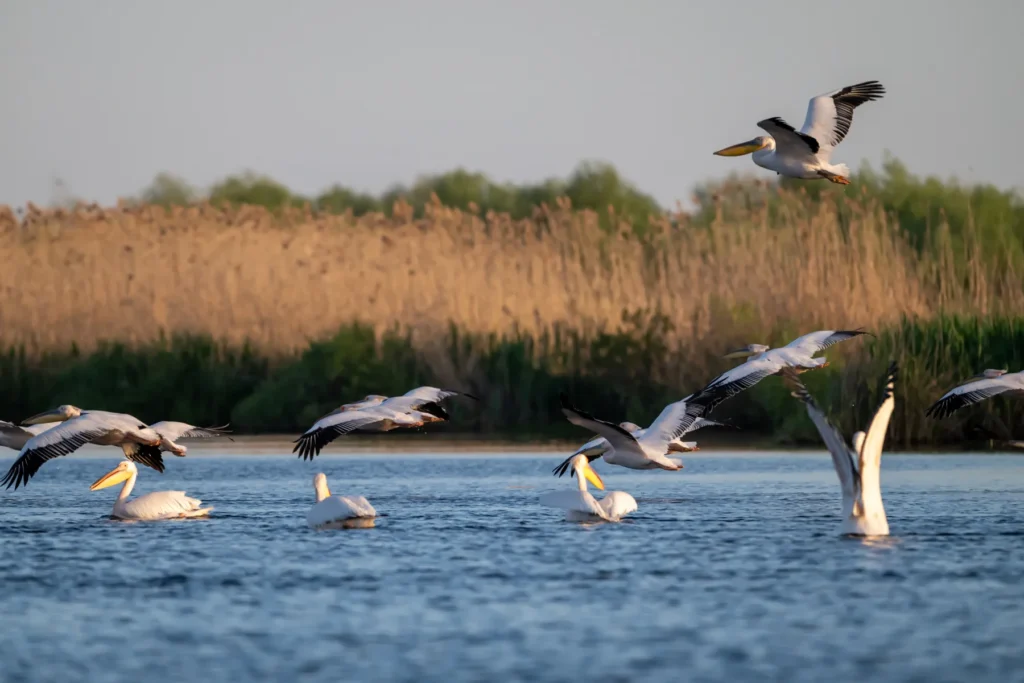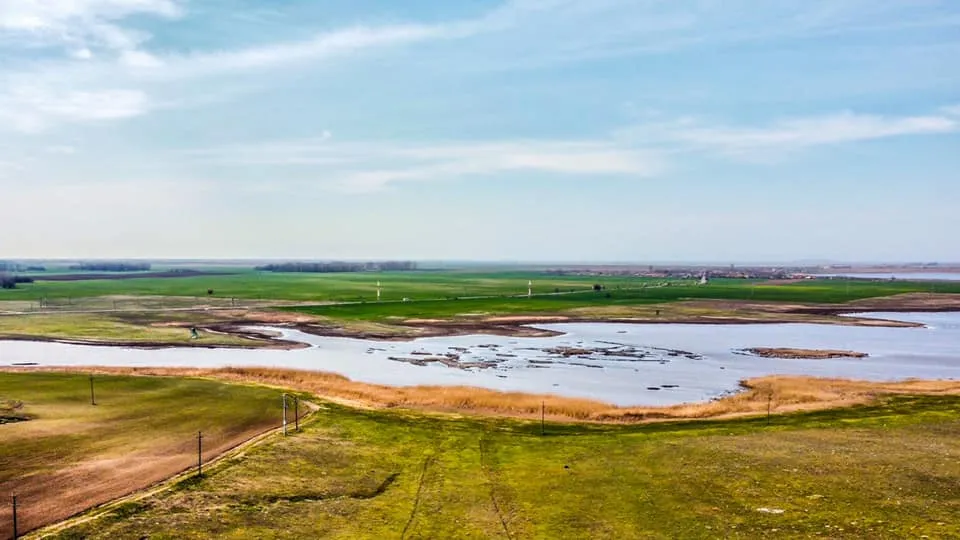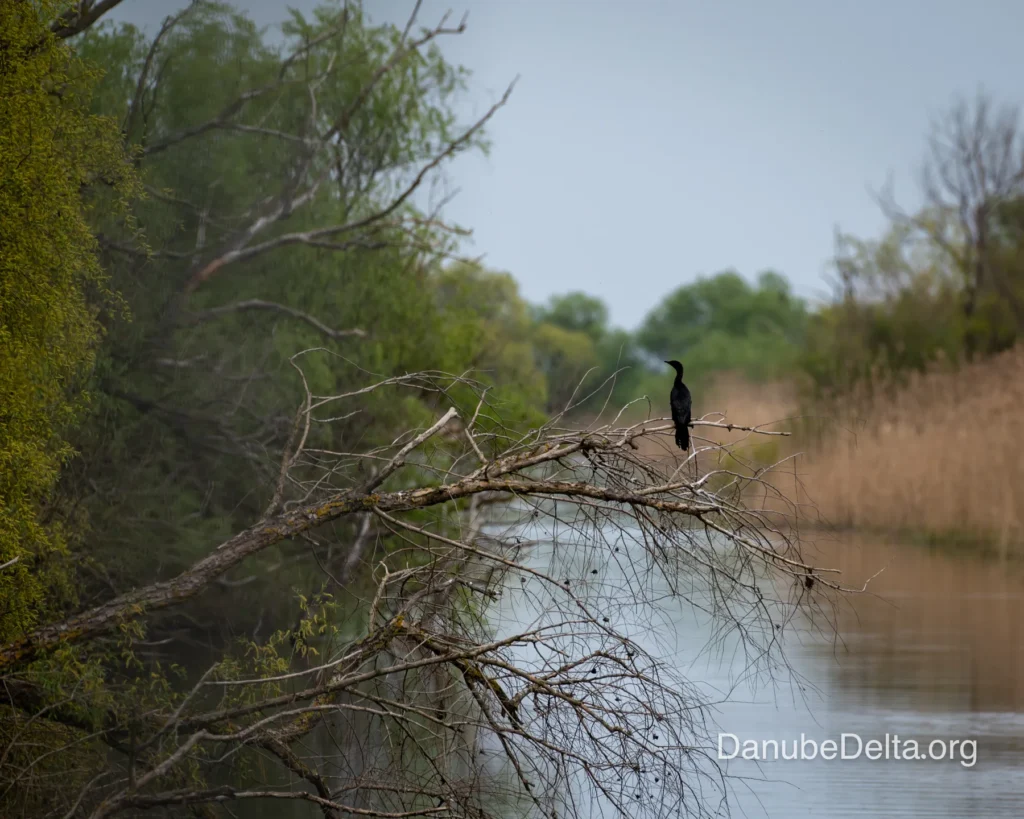Ceaplace Island, a strictly protected area in the Danube Delta
Ceaplace Island - Danube Delta
Official status and legal framework
- Framing: area strictly protected of the Danube Delta Biosphere Reserve (DDDBR).
- Conservation regime: full protection; public access is forbidden, except for scientific/management activities with prior authorisation.
- Safety nets: included in the network Natura 2000 (bird and habitat sites).
Year of establishment, regulatory act and administration
- Reference year: 1994 (establishment of strictly protected areas in the RBDD, based on the legal framework adopted after 1993).
- Key legislation: law establishing the RBDD and the governmental decision of zoning declaring Ceaplace Island a fully protected area.
- Administrator: ARBDD - Administration of the Danube Delta Biosphere Reserve.
Geographical features
- Surface: about 117 ha.
- Localisation: in the southern part of the Delta, in the Razim-Sinoe lagoon complexnear the Black Sea coast.
- Habitat types:
- Skeletal spondyloskeletis (pronounced insularity, low, dynamic relief).
- Banks with reed and halophilous vegetation in patches, areas of island beaches used by birds.
- Lagoon waters with shallow depths around the island, connected with the Razim-Sinoe system.
- Relevant natural components: lagoon-sea interface (in the vicinity), insular staging and nesting beaches, reed beds and emergent sandy sandy beaches.
Characteristic flora and fauna
- Flora: vegetation psamophilic and halophilic adapted to sandy substrate and salinity (species of Salicornia, Atriplex, Salsola, sand grasses and pioneer plants).
- Fish & invertebrates: communities typical of variable salinity lagoons (important as a trophic resource for birds).
- Birds (main focus):
- Sterne: chire de baltă (Hirundo tern), small chire (Sternula albifrons), Thalasseus sandvicensis;
- Seagulls: Pontic gull (Larus cachinnans) and other wader species;
- Barnacles & egretsThey use the area for feeding;
- Pelicani (white and curly) - frequent visitors/transit;
- Wader species: nuthatches, whistlers, and plondurans - use the island's beaches as resting and feeding places.
- Ornithological role: place nesting for tern and gull colonies and feeding area for a wide range of aquatic birds and waders.
Ecological role
- Nodal point in the spring/autumn migration: sandy beaches and sands provide rest and food migratory birds.
- Ecological connectivity: energy links Razim-Sinoe complex with the Black Sea coast and other strictly protected islands/grills in the south of the Delta.
- Refuge: insularity and restricted access minimise disruption, keeping optimal conditions for colonies.
Threats and conservation
- Main threats:
- Human disturbance (unauthorised landings, off-road tourism, drones), especially during the nesting season;
- Coastal erosion and sediment dynamics of the island (modifies nesting beaches);
- Terrestrial predators accidentally landed on the island and stray dogs from boats;
- Pollution (floating waste, microplastics) and poaching in the enlarged lagoon area.
- Measures/efforts:
- Full protection scheme and monitoring regular bird colony surveys;
- Buffer zone lagoon around the strictly protected perimeter;
- Information campaigns for tour operators and boats on minimum distances to bird colonies;
- Management interventions as needed (limiting access, controlling disturbance/spot-authorisation of research).
Access and tourism rules
- Public access is forbidden in the perimeter Ceaplace Island (strictly protected area).
- Visiting is possible for scientific or management purposes onlywith ARBDD opinion/permits.
- Tourism is practised only on authorised routes in the neighbourhood (in the Razim-Sinoe area or on approved channels), respecting licences and protective distances towards the colonies.
- Tip: spot wildlife remotewith authorised local guidesno landings on the island.
Events in the Danube Delta
Accommodation to suit all tastes:
Whether you prefer the cosiness of modern villas, the rustic atmosphere of traditional guesthouses or the adventure of camping, they offer a variety of accommodation options to suit your needs and budget.
